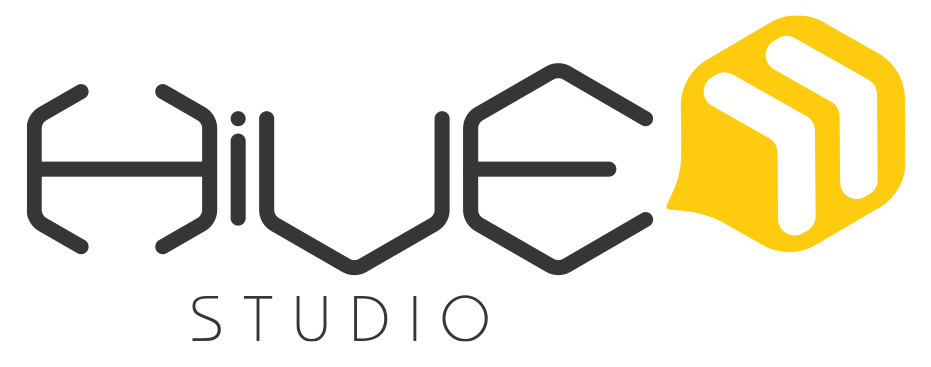
Immerse Your Ideas in Depth
Elevate your storytelling with our 3D Animation service. From lifelike characters to stunning visual effects, we bring your concepts to life through cutting-edge animation techniques, cinematic rendering, and immersive storytelling.
